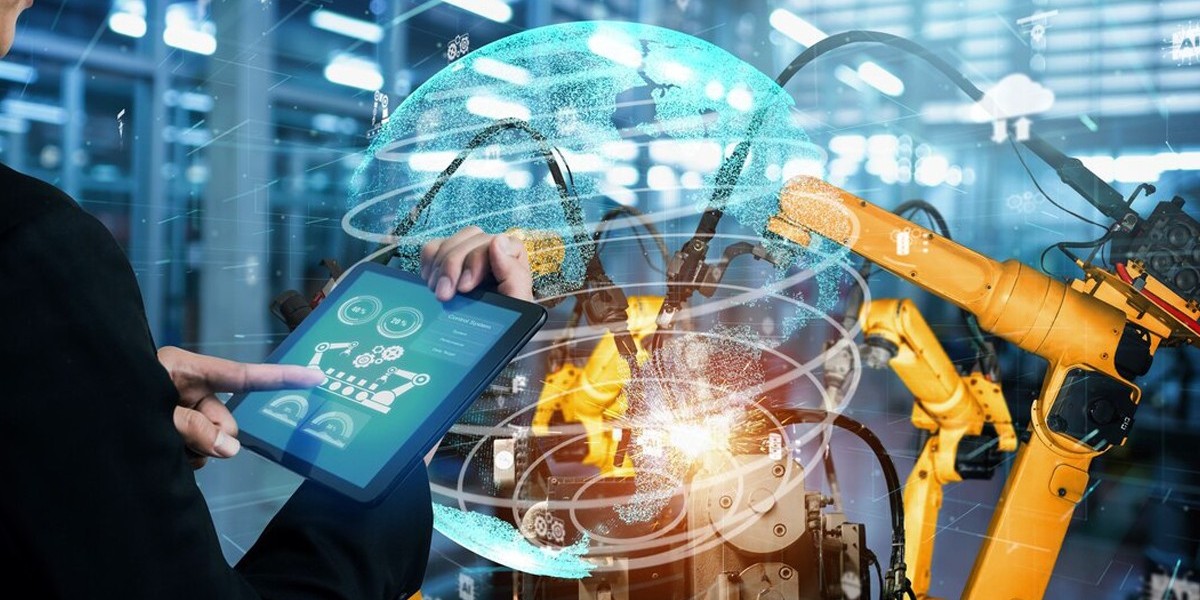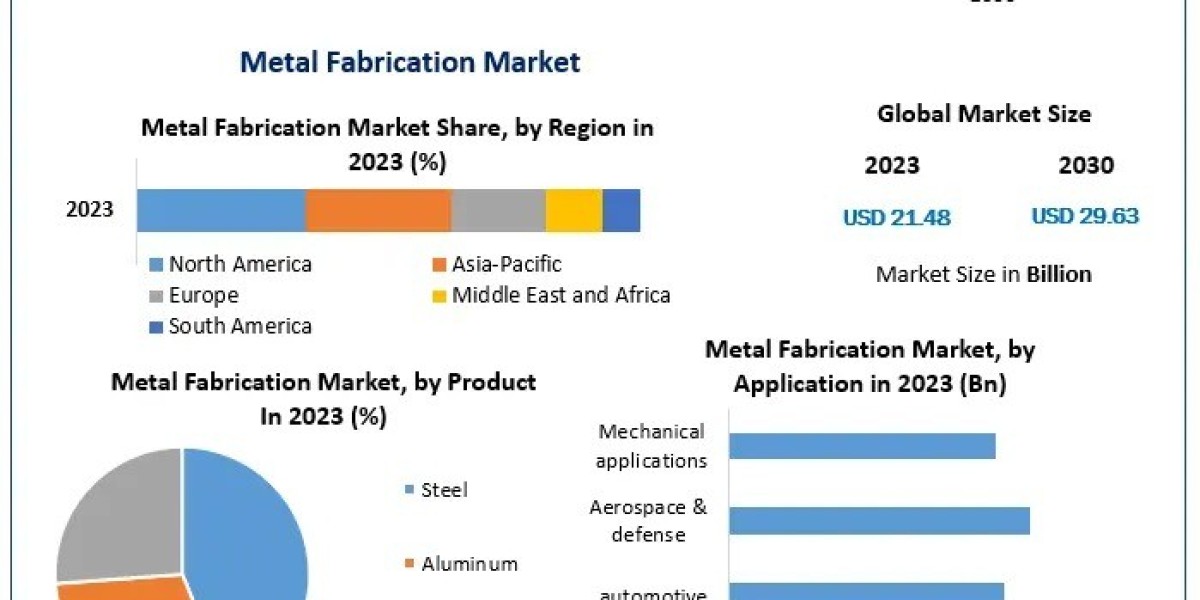Artificial Intelligence (AI) has emerged as a transformative force across industries, and manufacturing is no exception. With a focus on enhancing operational efficiency, AI is reshaping production processes, driving cost-effectiveness, and improving decision-making. This article explores how AI in manufacturing operational efficiency, the key technologies involved, and its impact on the future of production.
What is Operational Efficiency in Manufacturing?
Operational efficiency in manufacturing refers to the ability to maximize output while minimizing waste, cost, and time. It involves optimizing workflows, reducing downtime, and ensuring the best utilization of resources. Incorporating AI into these processes significantly enhances efficiency, paving the way for smarter, faster, and more sustainable operations.
The Role of AI in Enhancing Operational Efficiency
AI brings a range of capabilities that directly impact operational efficiency in manufacturing:
1. Predictive Maintenance
AI-powered predictive maintenance uses machine learning algorithms to monitor equipment in real-time. By analyzing data from sensors, it predicts potential failures before they occur, reducing unplanned downtime and repair costs.
- Example: A manufacturer using AI to monitor conveyor belts can prevent disruptions by scheduling maintenance only when necessary.
2. Smart Production Scheduling
AI optimizes production schedules by considering variables like resource availability, demand forecasts, and production constraints. This ensures streamlined operations and prevents bottlenecks.
- Example: An automotive plant can use AI to adjust its production line based on changes in customer demand.
3. Quality Control and Assurance
AI improves quality assurance through computer vision systems that detect defects in products during the manufacturing process. These systems are faster and more accurate than manual inspections.
- Example: Electronics manufacturers use AI-powered cameras to identify faulty circuit boards, ensuring high product quality.
4. Supply Chain Optimization
AI streamlines supply chains by forecasting demand, managing inventory, and optimizing logistics. This reduces delays and ensures smooth production.
- Example: AI tools help manufacturers anticipate raw material shortages and reorder supplies proactively.
Key AI Technologies Driving Manufacturing Efficiency
Several AI technologies are crucial in driving operational efficiency in manufacturing:
1. Machine Learning (ML)
Machine learning algorithms analyze vast amounts of production data to identify patterns and optimize processes. This includes everything from energy consumption to workflow optimization.
2. Computer Vision
Using image recognition and analysis, computer vision helps manufacturers inspect products, monitor equipment, and maintain safety standards.
3. Natural Language Processing (NLP)
NLP enables manufacturers to process and interpret unstructured data, such as customer feedback or maintenance logs, for actionable insights.
4. Robotics and Automation
AI-driven robots enhance operational efficiency by performing repetitive tasks with precision, speed, and minimal errors.
Benefits of AI in Manufacturing Operational Efficiency
Integrating AI into manufacturing processes provides several tangible benefits:
1. Cost Reduction
AI minimizes waste, reduces energy consumption, and optimizes resource allocation, resulting in significant cost savings.
2. Enhanced Productivity
AI-powered automation reduces manual intervention, allowing manufacturers to achieve higher productivity levels.
3. Improved Decision-Making
By analyzing real-time data, AI empowers manufacturers to make informed decisions quickly.
4. Greater Flexibility
AI enables manufacturers to adapt to changing market demands by automating and optimizing production lines.
Real-World Applications of AI in Manufacturing
Here are some real-world examples of AI driving operational efficiency in manufacturing:
1. General Electric (GE)
GE uses AI to monitor its turbines and predict maintenance needs, improving the efficiency of its production lines.
2. Siemens
Siemens employs AI in its factories to automate production scheduling and enhance quality control processes.
3. Tesla
Tesla’s manufacturing plants leverage AI-driven robots to assemble cars efficiently, reducing production time and costs.
Challenges in Implementing AI in Manufacturing
While AI offers immense potential, its adoption in manufacturing faces certain challenges:
1. High Initial Investment
Implementing AI systems requires significant capital investment in hardware, software, and training.
2. Data Security Concerns
The integration of AI involves collecting and analyzing sensitive data, which may pose cybersecurity risks.
3. Skilled Workforce
A lack of skilled personnel to manage and maintain AI systems can hinder their effectiveness.
The Future of AI in Manufacturing Operational Efficiency
The future of AI in manufacturing looks promising as advancements in technology continue to unlock new possibilities. Here are some trends to watch:
1. Autonomous Manufacturing
AI-powered systems will enable fully autonomous factories with minimal human intervention.
2. Enhanced Human-AI Collaboration
AI will work alongside human workers, augmenting their capabilities and ensuring safer, more efficient operations.
3. Sustainable Manufacturing
AI will play a key role in promoting eco-friendly practices by optimizing resource usage and reducing waste.
Conclusion
AI in manufacturing operational efficiency is more than just a trend; it is a necessity for staying competitive in today’s dynamic market. From predictive maintenance to smart scheduling, AI technologies are transforming how manufacturers operate. As adoption increases, manufacturers must address challenges like investment and workforce training to fully harness the potential of AI.
The integration of AI in manufacturing is not just about efficiency; it is about building a smarter, more sustainable future for the industry. Are you ready to embrace the power of AI in your manufacturing processes?








